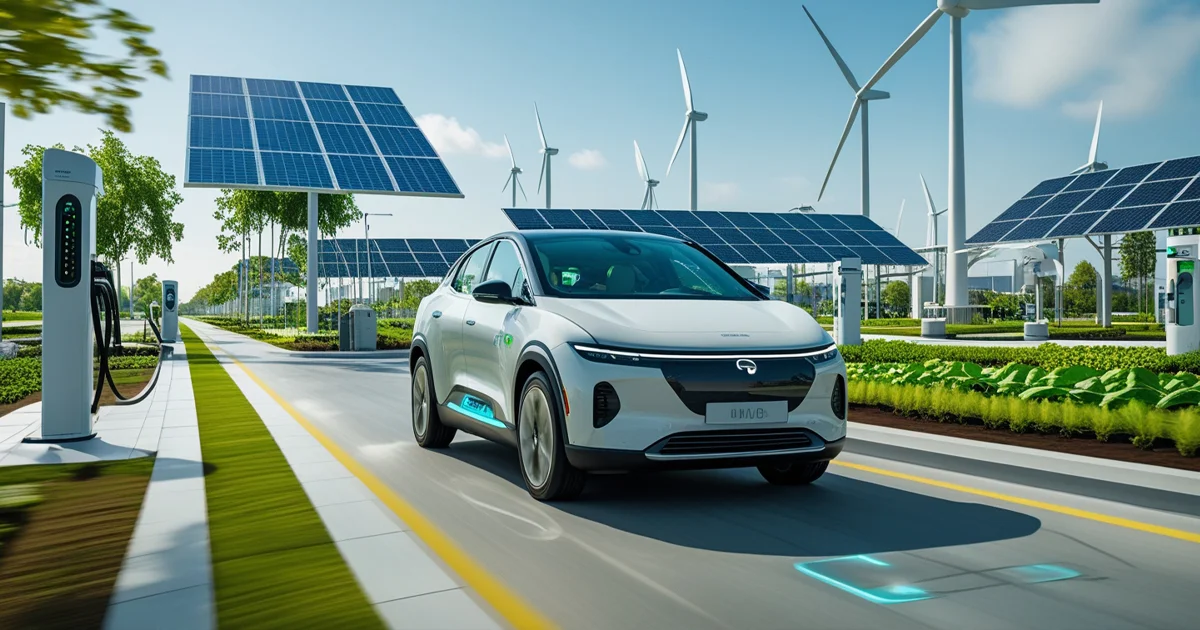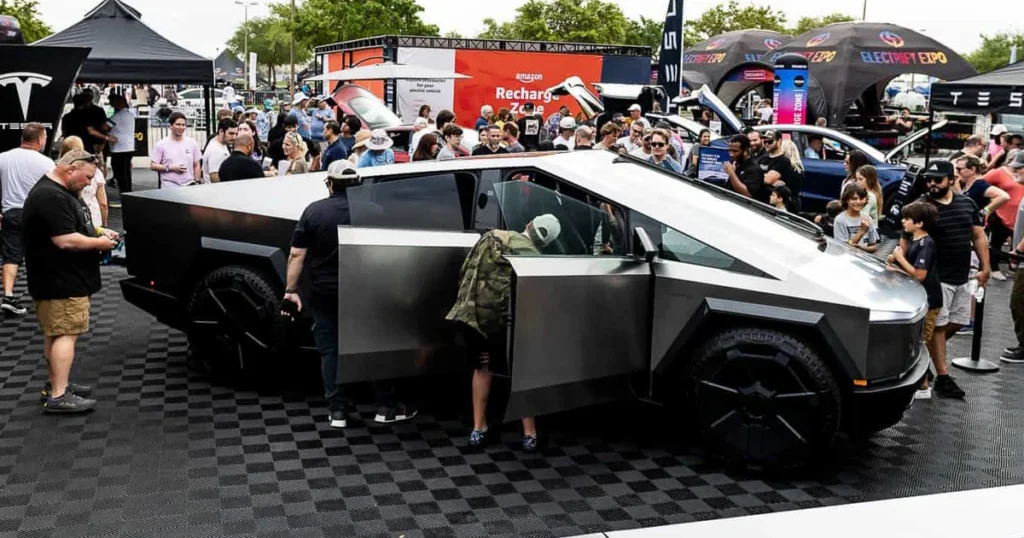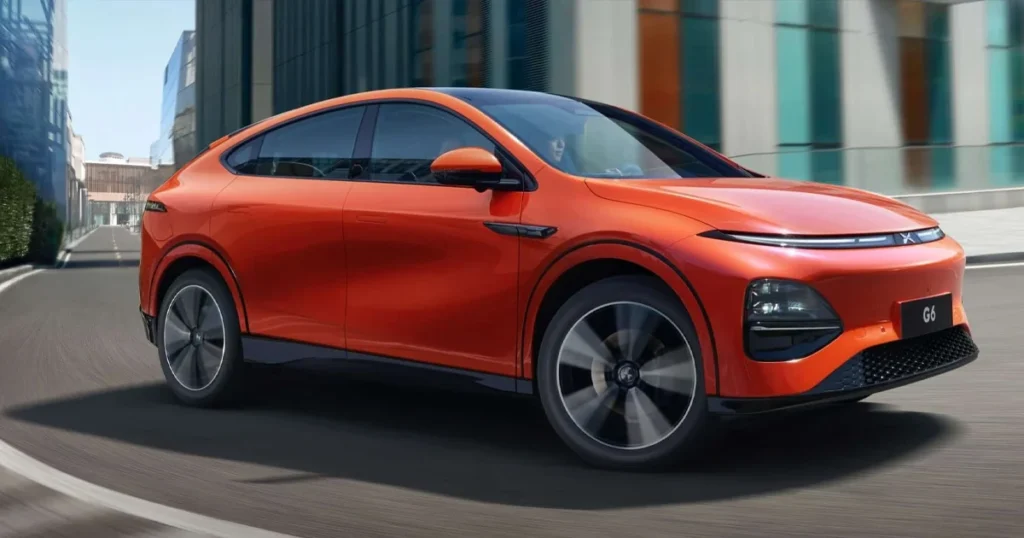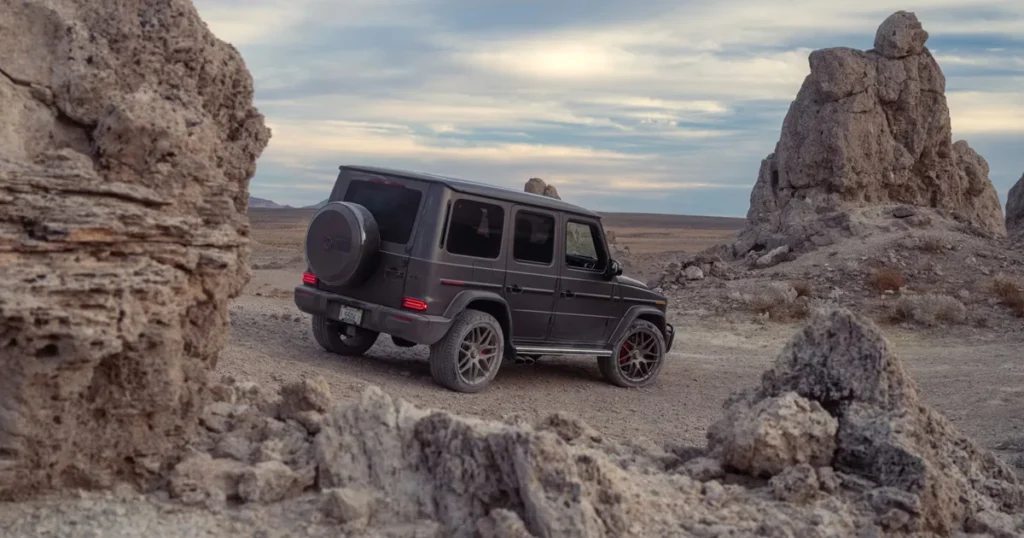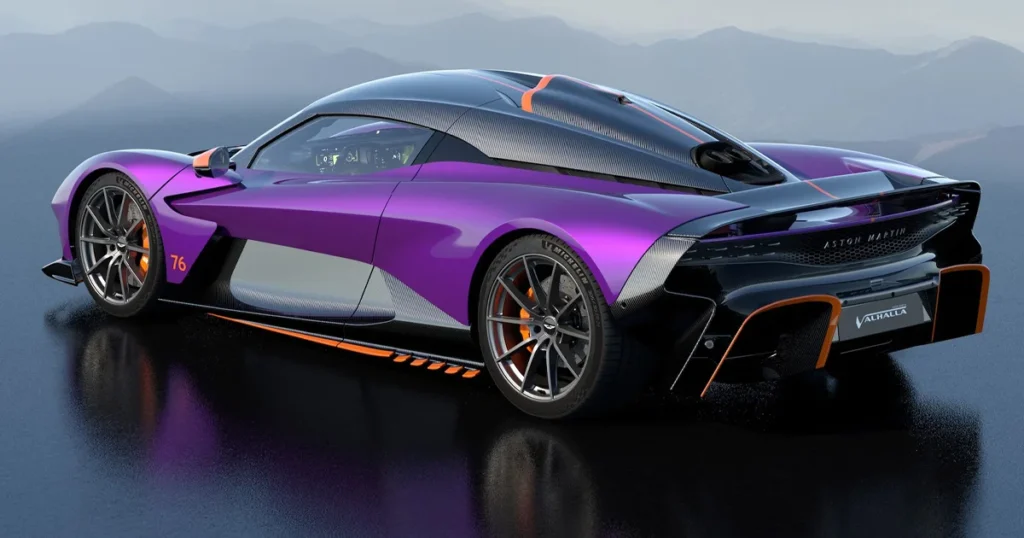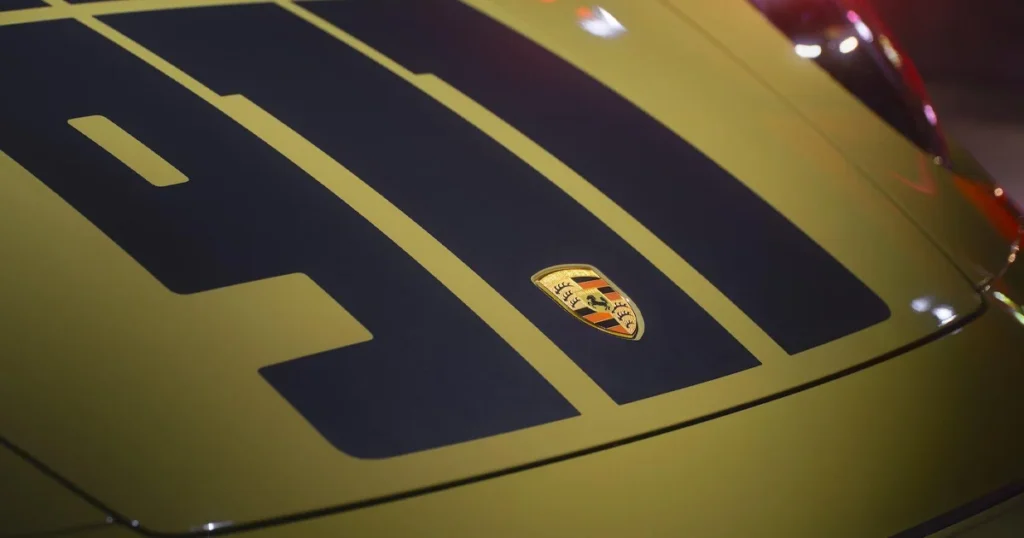From Concept to Road: Exploring the Next-Gen Smart Cars That Will Redefine Driving in 2025
The automotive industry is experiencing a seismic shift, ushering in an era where smart technology, automation, and sustainability converge to create vehicles that were once the stuff of science fiction. As we approach 2025, next-gen smart cars are no longer just a futuristic concept. they are on the verge of becoming mainstream. These vehicles promise to revolutionize how we interact with cars, redefine our relationship with transportation, and reshape cities and economies in ways we’ve never imagined.
In this article, we explore the technological breakthroughs and industry trends that are set to define the smart cars of 2025. From autonomous driving systems and artificial intelligence (AI) to electric powertrains and vehicle-to-everything (V2X) connectivity, we will take an in-depth look at the future of smart cars and their profound impact on society. By the time you finish reading, you’ll have a comprehensive understanding of how smart cars will transform the driving experience in 2025 and beyond.
1. The Evolution of Smart Cars: What’s New for 2025?
The smart car of 2025 is not just a car; it’s a personalized, self-aware, environmentally conscious piece of technology. It blends cutting-edge AI, machine learning, connectivity, and sustainable design to offer more than just transportation.
1.1 Autonomous Driving Systems: The Heart of Smart Cars
Autonomous driving technology has come a long way in recent years, but by 2025, it will be more advanced and widely adopted than ever before. The dream of self-driving cars, which was once seen as an ambitious idea, is becoming a reality, thanks to breakthroughs in machine learning, sensor technology, and AI.
Full Autonomy: Level 5
By 2025, we can expect a shift from semi-autonomous driving (Level 2 and Level 3) to full autonomy (Level 5), where cars will drive themselves without any human input. Level 5 vehicles won’t even need a steering wheel or pedals. These cars will have the capability to navigate in any environment urban or rural, day or night, in any weather conditions without human intervention.
Advanced AI and Sensor Fusion
At the core of autonomous driving systems are AI algorithms that enable real-time decision-making. Self-driving cars will rely on a complex array of sensors, including LIDAR (Light Detection and Ranging), radar, cameras, ultrasonic sensors, and GPS. These sensors work together to create a 360-degree view of the environment, allowing the car to “see” everything around it, including pedestrians, cyclists, and other vehicles.
- LIDAR provides high-resolution 3D maps of the environment, allowing the car to identify obstacles, road conditions, and nearby objects.
- Radar helps detect objects in poor visibility conditions, such as heavy rain or fog.
- Cameras play a critical role in recognizing road signs, traffic lights, and other visual cues that are essential for navigation.
- AI processes all the data collected from these sensors, making split-second decisions to ensure safety and efficiency.
Industry Leaders in Autonomous Driving
- Waymo: A subsidiary of Alphabet (Google’s parent company), Waymo has been testing autonomous vehicles since 2009 and has launched a fully autonomous ride-hailing service in Phoenix, Arizona. Their vehicles have clocked millions of miles in real-world conditions and are expected to expand into more cities by 2025.
- Tesla: Tesla’s Full Self-Driving (FSD) capabilities are already pushing the envelope in autonomous technology. By 2025, Tesla vehicles are expected to achieve full autonomy, with regular software updates delivered via over-the-air (OTA) updates.
- Cruise: A subsidiary of General Motors, Cruise is working towards launching a fully autonomous fleet, focusing on urban mobility solutions.
1.2 AI-Powered Personalization: A Seamless, Tailored Experience
AI will play an integral role in personalizing the driving experience in next-gen smart cars. These vehicles will learn from their owners’ preferences and behaviors, adapting to individual needs and ensuring a unique and tailored driving experience.
Voice Assistants and Gesture Controls
In 2025, cars will be equipped with advanced voice recognition systems that can understand natural language and respond to complex commands. Whether it’s adjusting the climate, changing the music, or navigating to a destination, the car will respond seamlessly to voice commands. In addition to voice control, gesture-based interfaces will allow drivers to control various functions simply by waving their hands or making specific gestures.
Predictive Features and Adaptive Systems
AI will enable predictive features that make the driving experience more intuitive. For instance, based on past behavior, the vehicle will adjust seat positions, climate settings, and even infotainment options. Furthermore, AI will help manage vehicle maintenance by monitoring key components and sending alerts when issues are detected, all in real-time.
Examples of AI Personalization in 2025 Cars
- BMW Personal Assistant: The BMW Personal Assistant will learn from the driver’s habits and preferences, providing suggestions and making adjustments automatically. It will also be able to anticipate routes based on historical driving patterns.
- Mercedes-Benz MBUX: The MBUX system integrates AI with voice recognition, allowing drivers to control various functions using natural language commands. By 2025, it will become even more sophisticated, adapting to the driver’s style over time.
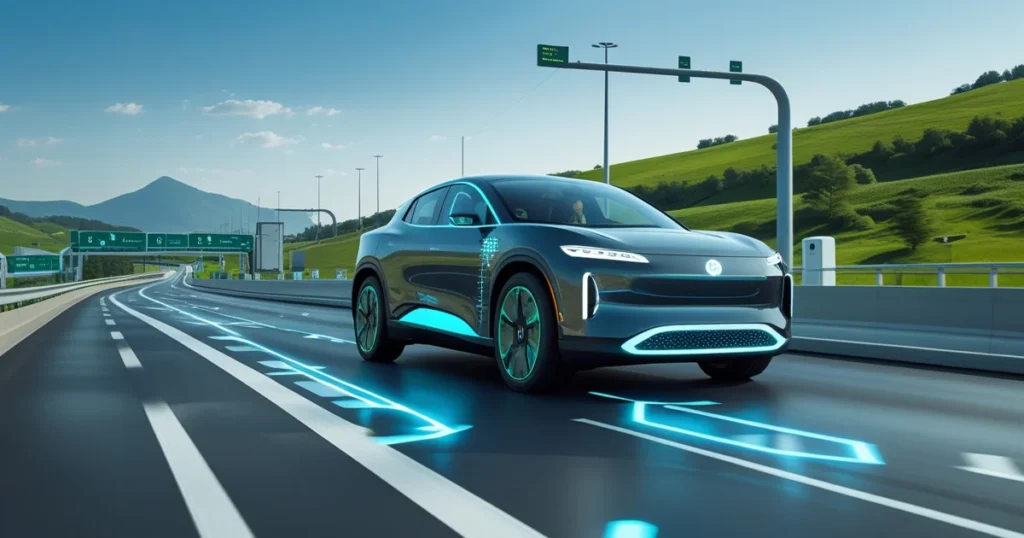
1.3 Connectivity: The Car as a Node in the Internet of Things (IoT)
Next-gen smart cars will be fully connected, creating a seamless interface between the vehicle, the driver, and the surrounding environment. This connectivity will allow cars to interact with other vehicles, infrastructure, and devices in real-time.
Vehicle-to-Everything (V2X) Technology
V2X technology will enable vehicles to communicate with traffic lights, road signs, pedestrians, and other cars. For example, if a vehicle detects an approaching emergency vehicle, it can automatically move to the side of the road, ensuring a faster response time.
Over-the-Air Updates
In 2025, cars will be able to receive updates remotely through over-the-air (OTA) technology. These updates will allow manufacturers to improve software, enhance vehicle features, fix bugs, and even upgrade autonomous driving capabilities without requiring a trip to the dealership.
- Tesla: Tesla’s OTA system is already being used to update vehicles with new features, performance improvements, and safety fixes. By 2025, this system will become even more integral to how vehicles evolve over time.
- Ford Sync 4: Ford’s Sync 4 system, which will be enhanced with 5G technology, will support more robust connectivity and OTA updates.
1.4 Sustainability: Electric Powertrains and Eco-Friendly Materials
Sustainability will be a driving force behind next-gen smart cars. With the global push towards reducing carbon emissions, electric vehicles (EVs) will be the default choice for most automakers by 2025.
Electric Powertrains and Battery Innovation
The shift to fully electric powertrains will be accelerated by advancements in battery technology, including solid-state batteries and improvements in lithium-ion batteries. These innovations will result in longer ranges, faster charging times, and lower production costs. By 2025, most major automakers will offer fully electric vehicles as part of their mainstream lineup.
- Tesla: The Tesla Model S Plaid will continue to lead the electric car market with a range of over 520 miles and advanced battery technology that reduces charging time to under 30 minutes.
- Rivian: Rivian’s R1T, an all-electric adventure truck, is designed for durability and off-road capability while maintaining sustainability with eco-friendly materials.
Sustainable Materials and Recycling
Automakers are increasingly turning to sustainable materials in vehicle construction, including recycled plastics, bio-based fabrics, and lightweight metals. These efforts will reduce the environmental footprint of manufacturing while also increasing the vehicle’s efficiency.
- BMW iX3: BMW’s iX3 will use a high percentage of recycled materials in its construction, while the company continues to focus on sustainability in battery production.
2. Societal Impact: How Smart Cars Will Change the World
The rise of next-gen smart cars will have profound effects on society, from how we commute to how cities are designed. Let’s explore the societal impacts of these innovations.
2.1 The Transformation of Urban Mobility
Autonomous and connected vehicles will significantly transform urban mobility. Car ownership could become less common, with more people opting for shared transportation services. This shift will lead to a reduction in traffic congestion and parking demand, while simultaneously reducing the environmental impact of transportation.
Autonomous Ride-Hailing Services
By 2025, autonomous ride-hailing services (e.g., Waymo One, Tesla Network) will become mainstream, making transportation more accessible and efficient. These services will eliminate the need for car ownership in urban areas, allowing people to access transportation on-demand via smartphones.
- Waymo One: Waymo’s autonomous ride-hailing service is already operational in Phoenix, and by 2025, it will expand to more cities, providing a glimpse into the future of urban transportation.
Impact on City Design
With fewer cars on the road, cities will be able to reclaim space for public parks, bike lanes, and pedestrian walkways. Public transportation systems will also become more integrated with autonomous vehicles, further reducing the need for private car ownership.
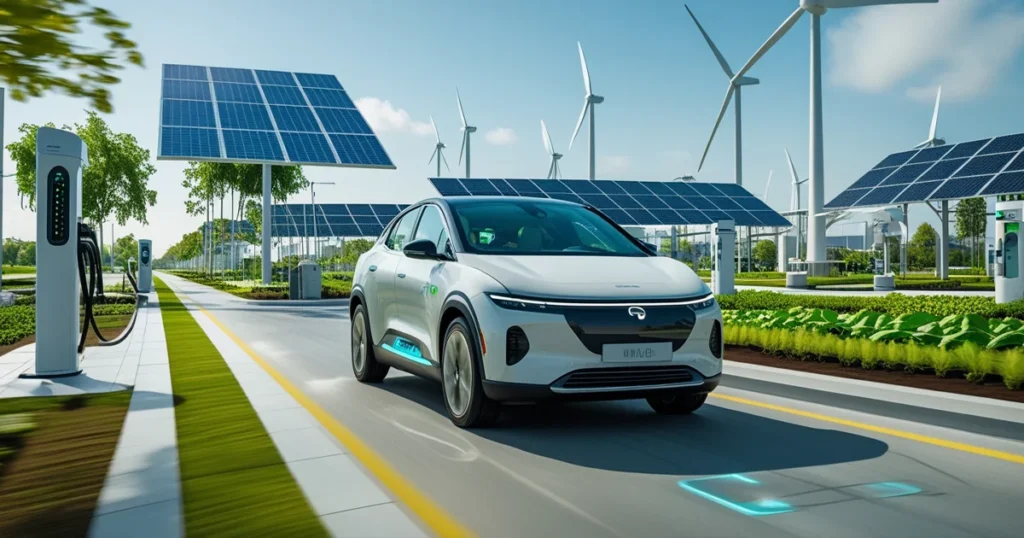
2.2 Safety and Security: The Future of Road Safety
Smart cars will be equipped with advanced safety features that will significantly reduce traffic accidents. These features include:
- Collision Avoidance Systems: Smart cars will be able to detect potential collisions and take corrective action before an accident happens.
- Pedestrian Detection: Using sensors and cameras, smart cars will be able to identify pedestrians and cyclists, ensuring they are not accidentally hit.
- Driver Monitoring: AI systems will monitor the driver’s attention and alertness, ensuring they remain engaged, especially in semi-autonomous modes.
Cybersecurity Concerns
As vehicles become more connected, cybersecurity will be critical to ensuring the safety of drivers and passengers. Manufacturers will need to invest in robust security systems to prevent hacking and protect data privacy.
- Tesla: Tesla’s Cybersecurity team is already working to ensure that the company’s vehicles remain secure from external threats.
- BMW: BMW’s commitment to cybersecurity will continue to evolve as the company develops more connected and autonomous vehicles.
2.3 Job Displacement and Creation
While autonomous vehicles will lead to job displacement in industries like transportation and delivery, they will also create new opportunities in sectors like AI development, data analysis, cybersecurity, and vehicle maintenance.
The automotive industry is expected to see a shift in employment, with a greater demand for tech workers, engineers, and data scientists to develop and maintain these next-gen vehicles.
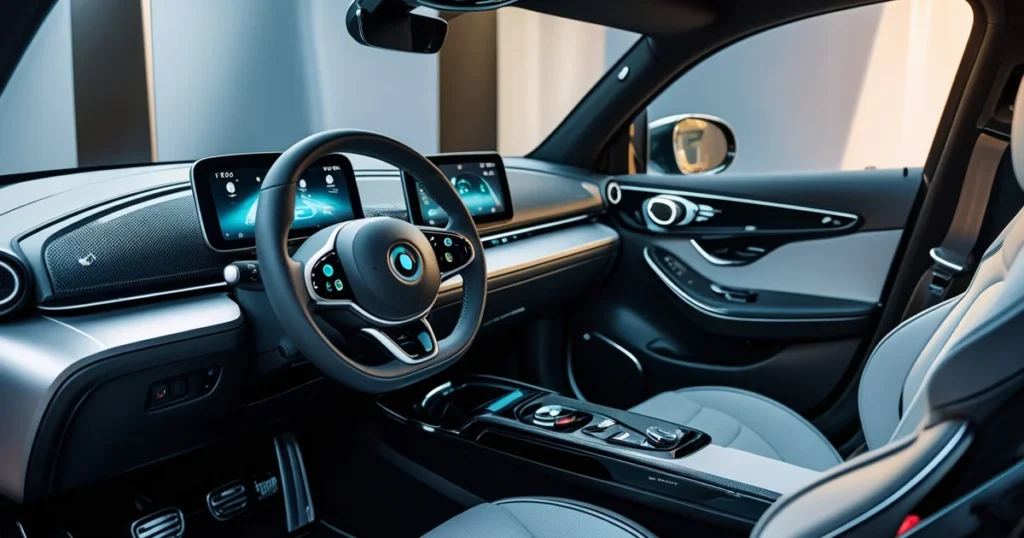
3. Conclusion: The Road Ahead
The smart cars of 2025 are set to redefine not just how we drive but also how we think about transportation. With autonomous driving, AI-powered personalization, and sustainability at the forefront, the vehicles of tomorrow promise to offer safer, more efficient, and more enjoyable experiences. As cities become more connected and transportation systems more integrated, the future looks brighter and more exciting than ever before.
By 2025, the roads will be dominated by vehicles that are smarter, greener, and more connected than anything we’ve ever seen. Buckle up the journey to the future of driving is about to begin.
for more visit Mavlluxury

